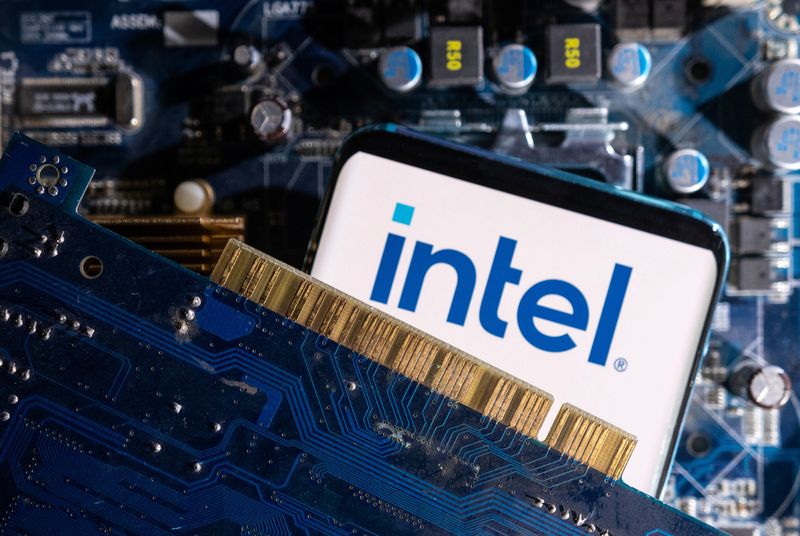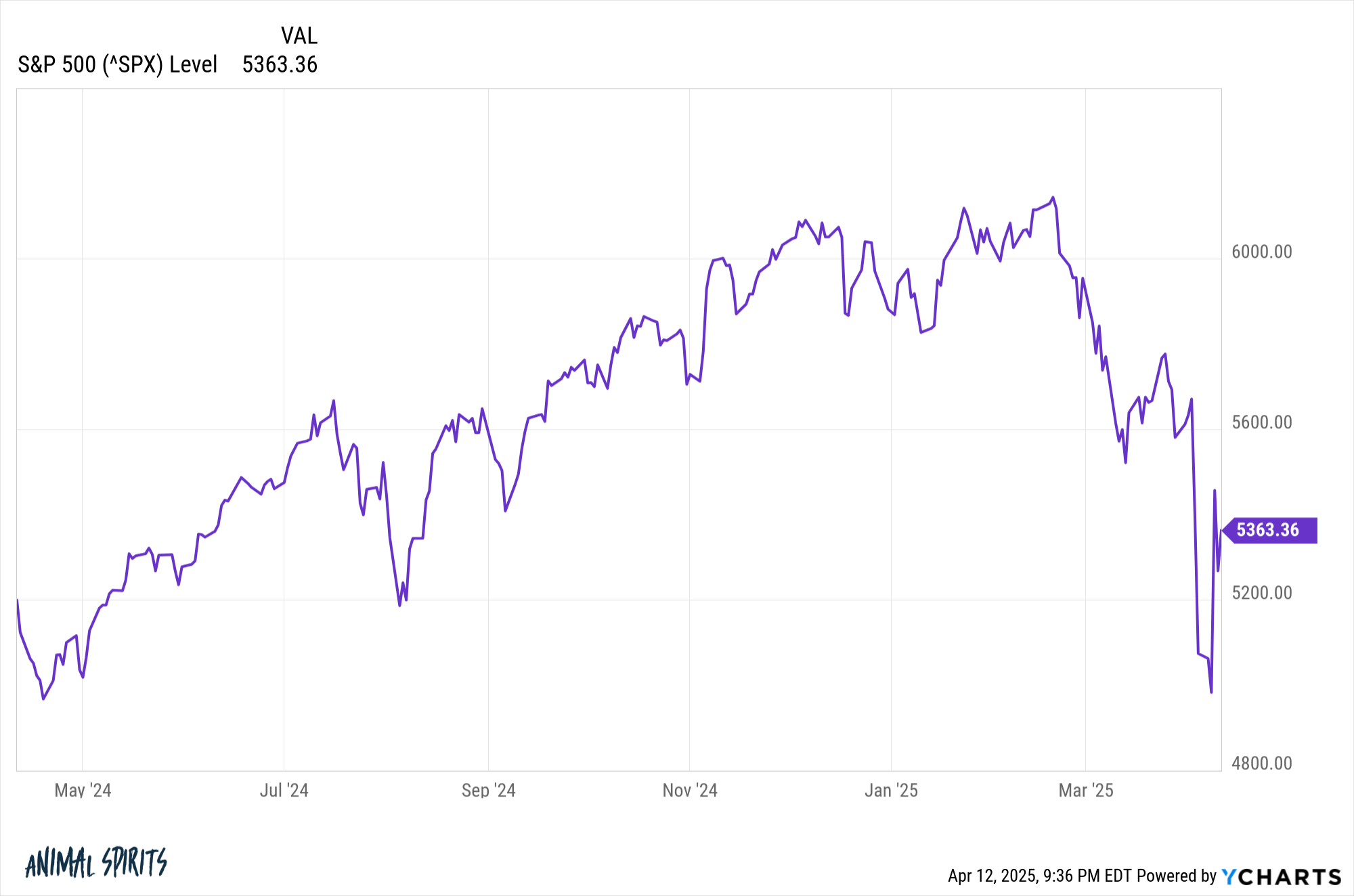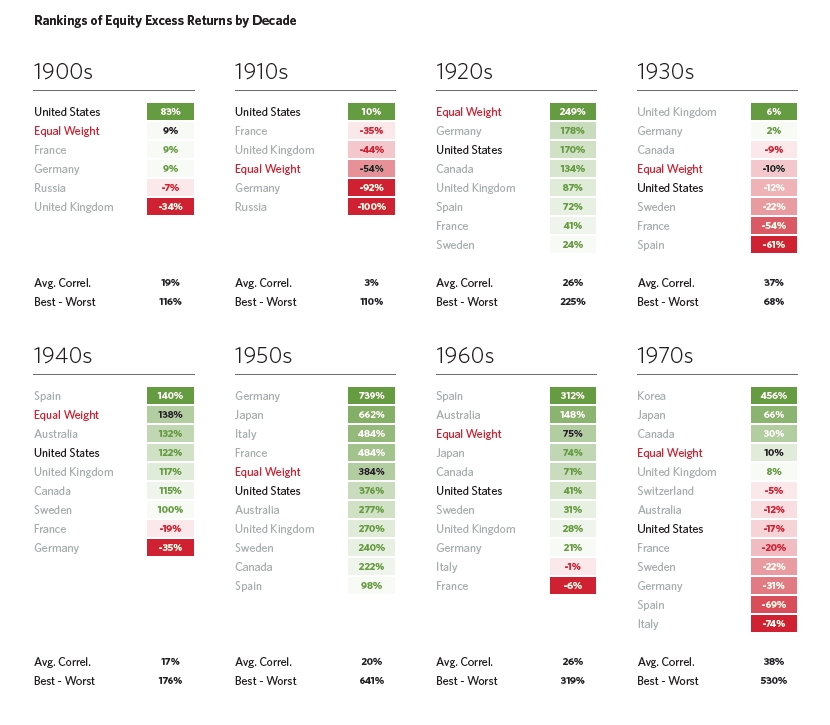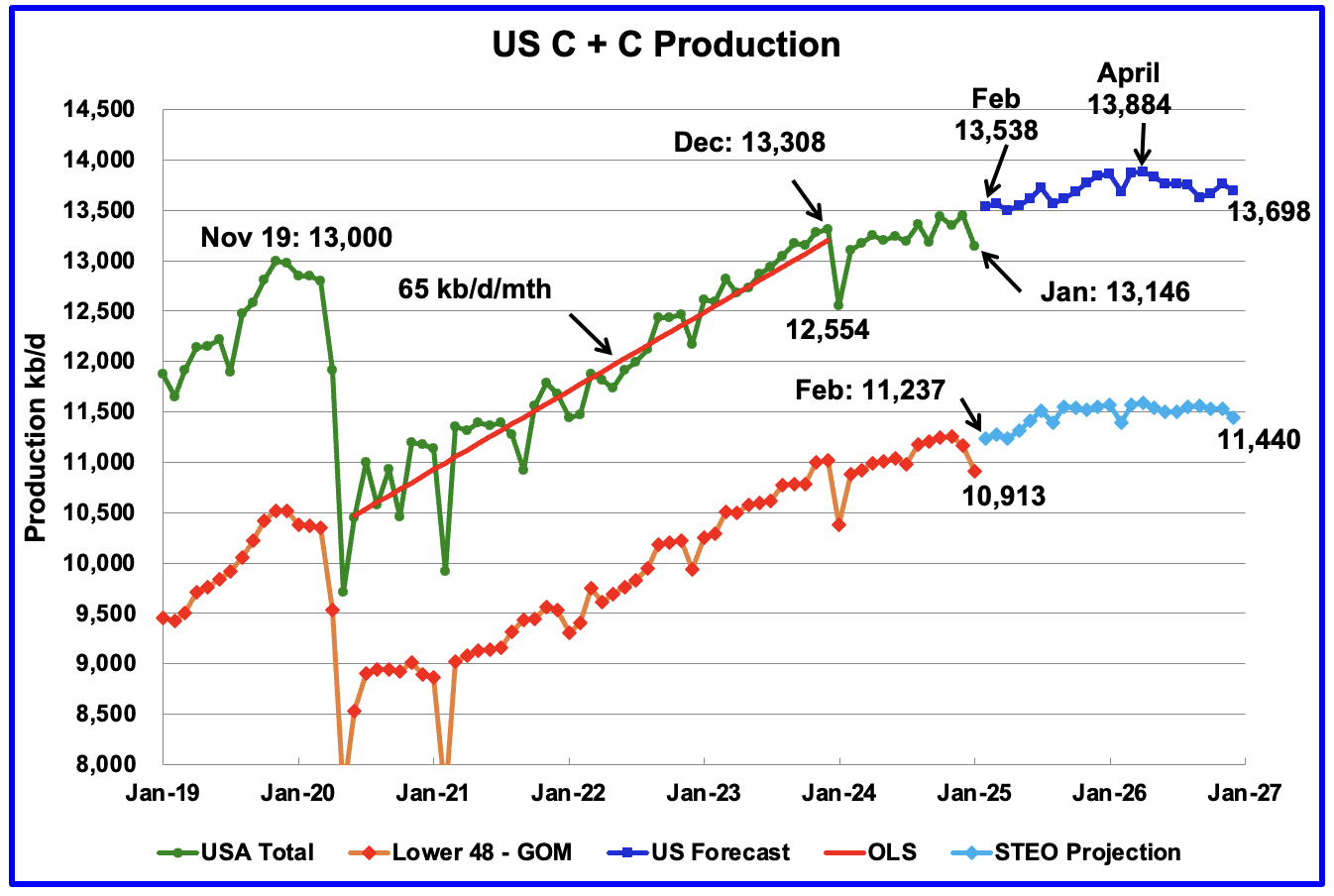Can Vanguard’s High-Yield VYM ETF Survive a Stock Market Meltdown?
The financial world remains a volatile landscape. The U.S. and China are trying to outdo one another by ratcheting up tariffs on imports. Treasury yields are soaring, which could raise borrowing costs, but might force the Federal Reserve to cut interest rates. With investors perpetually wary of the next stock market meltdown, the Vanguard High […] The post Can Vanguard’s High-Yield VYM ETF Survive a Stock Market Meltdown? appeared first on 24/7 Wall St..

The financial world remains a volatile landscape. The U.S. and China are trying to outdo one another by ratcheting up tariffs on imports. Treasury yields are soaring, which could raise borrowing costs, but might force the Federal Reserve to cut interest rates.
With investors perpetually wary of the next stock market meltdown, the Vanguard High Dividend Yield ETF (NYSEARCA:VYM) stands out as a popular choice for those seeking stability and income. With its focus on high-dividend-paying, large-cap U.S. stocks, VYM promises a blend of yield and resilience. Yet can it really weather a severe market downturn?
Key Points
-
The market is in turmoil from escalating trade tensions, bond markets going crazy, and extreme volatility.
-
Investors seeking stability turn to dividend stocks for their income and capital appreciation, with the Vanguard S&P 500 ETF
(VYM) a stalwart choice. -
Yet a stock market meltdown adds a wildcard to the calculus about whether VYM’s yields can withstand the onslaught.
-
Are you ahead, or behind on retirement? SmartAsset’s free tool can match you with a financial advisor in minutes to help you answer that today. Each advisor has been carefully vetted, and must act in your best interests. Don’t waste another minute; get started by clicking here.(Sponsor)
A bulwark against volatility
Vanguard High Dividend Yield ETF tracks the FTSE High Dividend Yield Index, holding over 500 stocks with a median market cap of around $148.5 billion. Its top holdings are giants like Broadcom (NASDAQ:AVGO), JPMorgan Chase (NYSE:JPM), ExxonMobil (NYSE:XOM), Procter & Gamble (NYSE:PG), and Walmart (NYSE:WMT).
These represent stable, blue-chip companies across diverse sectors: technology, financials, energy, consumer staples, and retail. This diversification is a key strength of the ETF. By spreading risk across industries, VYM avoids the pitfalls of over-concentration, a common vulnerability in sector-specific funds during crashes. Its market-cap-weighted approach further tilts it toward larger, more established firms, which tend to have deeper resources to endure economic storms compared to smaller, riskier companies.
The ETF’s dividend yield, hovering around 1.4%, is another pillar of its appeal. In a meltdown, when stock prices plummet, dividends can provide a cushion, offering steady income even as capital values erode.
Reliance upon strong dividend payers
Historically, dividend-paying stocks have outperformed non-dividend peers during bear markets. For instance, during the 2008 financial crisis, high-dividend stocks in the S&P 500 fell less than the broader index, or about 40% versus 50%, hanks to their cash flow stability. VYM’s focus on stocks with consistent, above-average dividends aligns with this trend, suggesting it could mitigate losses better than growth-heavy ETFs.
Cost efficiency is another argument in VYM’s favor. With an expense ratio of just 0.03%, it’s a bargain compared to the 0.89% average for similar funds. In a prolonged downturn, where every dollar counts, low fees preserve returns, making VYM a practical choice for long-term investors.
Over the past five years, it has delivered an 82% price gain (excluding dividends), showing it can thrive in bull markets while still offering income — a dual advantage that could soften the blow of a crash. Reinvesting those dividends, however, boosts VYM’s total return to almost 96%.
Solid, but not unbreakable
Yet, VYM isn’t invincible. Its heavy weighting in tech (30% of the portfolio) and financials (14.5%) exposes it to sector-specific risks. Another tech wreck could send shares plunging or a meltdown triggered by a banking crisis, say, from rising loan defaults in a recession, could hit this allocation hard, as seen in 2008 when financial stocks cratered. While diversification helps, it doesn’t eliminate these vulnerabilities entirely.
Historical context offers mixed signals. In the pandemic crash of March 2020, VYM dropped about 35% from its peak, roughly in line with the S&P 500’s 34% decline. It recovered quickly, buoyed by its stable holdings and dividend income, but the initial fall shows it’s not immune to panic selling.
A deeper, more structural meltdown if we suffer stagflation through high inflation and low growth, might test it further. Rising rates could pressure dividend stock valuations, and if companies cut payouts to preserve cash (as some did in 2020), VYM’s yield advantage could erode.
Economic conditions this year add complexity. With inflation cooling, but recession fears lingering, the Fed’s next moves are critical. Rate cuts could lift VYM’s large-cap stocks, but a severe downturn might overwhelm even the sturdiest portfolios. VYM’s trailing P/E ratio of 24.7 suggests it’s overvalued despite the stock being down 15% year-to-date.
Key takeaway
Ultimately, VYM’s survival hinges on its design: broad exposure, low costs, and a dividend focus rooted in quality firms. It’s not a doomsday bunker for a market apocalypse, but it is built to endure more than most. For investors seeking resilience over speculation, VYM stands a strong chance of surviving, and even thriving, after a meltdown. Its track record and structure make it a prudent bet, though not without risks to watch closely.
The post Can Vanguard’s High-Yield VYM ETF Survive a Stock Market Meltdown? appeared first on 24/7 Wall St..




























































































































































